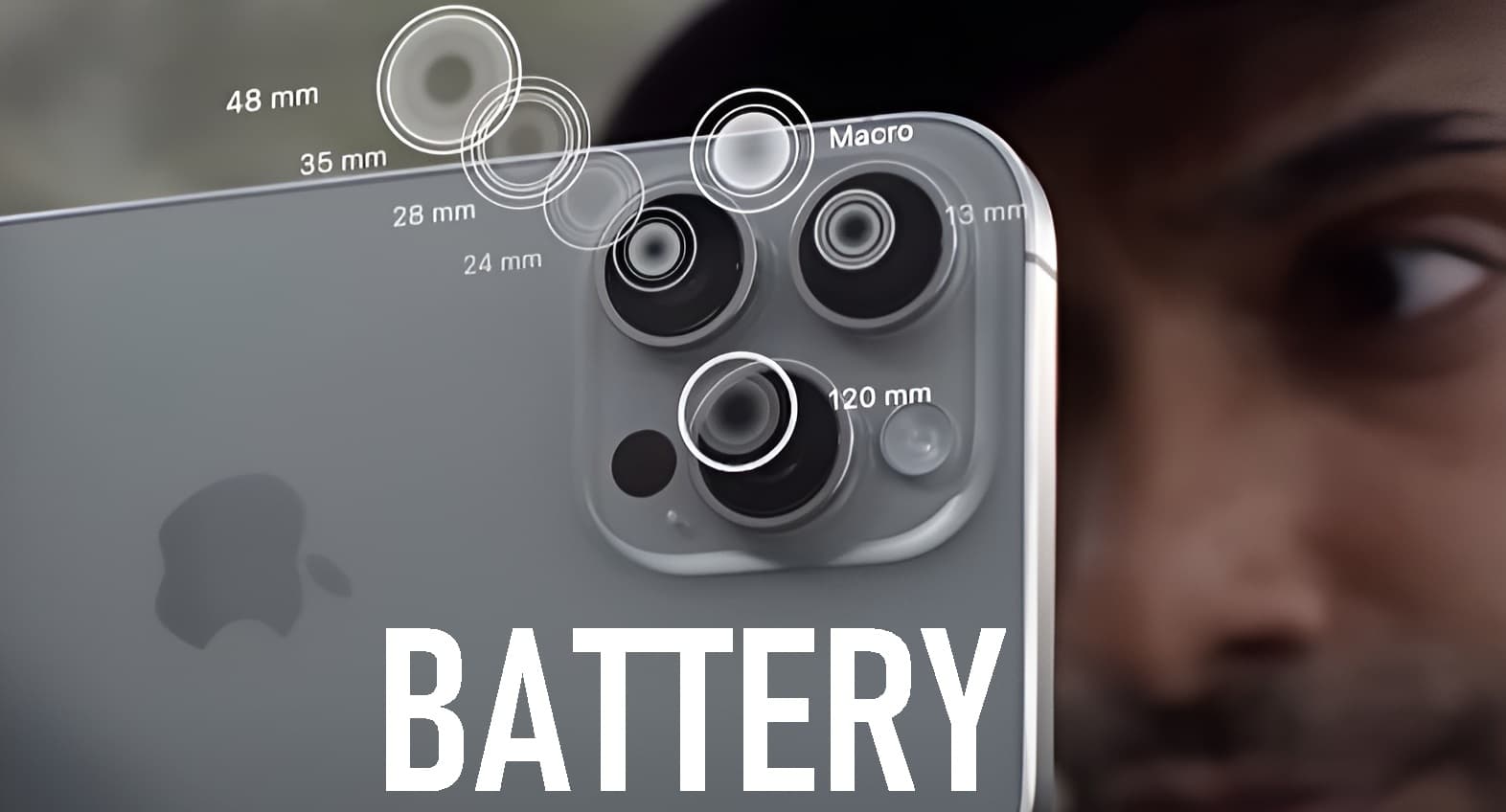
Innovation is often celebrated as the key to a company’s success. It drives progress, attracts attention, and can set a brand apart. But can too much innovation actually hurt a company? Let’s explore how pushing the boundaries of innovation can sometimes lead to a company’s downfall, using real-world examples from LG, HTC, Blackberry, and Sony.
The Balance Between Innovation and Consistency in Business
1. The Double-Edged Sword of Innovation
Innovation is essential for growth, but it needs to be balanced with consistency. Too much focus on being cutting-edge can overshadow a company’s core strengths and alienate its customer base. For example, introducing too many new features too quickly can confuse customers and make it hard for them to adapt.
2. Maintaining Core Competencies
While innovation is important, companies should not lose sight of their core competencies. Maintaining a strong foundation while innovating helps ensure that new developments enhance rather than disrupt the brand’s core value proposition.
3. Listening to Customers
Successful innovation should be guided by customer needs and preferences. Ignoring customer feedback in favor of flashy new features can backfire, as customers may not see the value in innovations that do not align with their expectations.
Case Study: Why LG Failed Despite Being Innovative
1. The Fall of LG’s Modular Phones
LG’s modular phone, the LG G5, aimed to offer customizable hardware. While this concept was innovative, it failed to gain traction. The modules were not compelling enough, and the overall execution was poor. Consumers didn’t see a significant benefit to the added complexity.
2. Dual Display Phones: A Misstep
LG also tried its hand at dual display phones, such as the LG V10 and LG V20. These phones featured secondary screens designed to offer additional functionality. However, they didn’t resonate with users, leading to poor sales and ultimately contributing to LG’s struggles in the smartphone market.
3. Overcomplicating User Experience
LG’s approach sometimes overcomplicated the user experience. Features that seemed innovative on paper did not translate into meaningful benefits for users. Instead of enhancing the experience, they added confusion and complexity.
What Killed HTC? A Story of Innovation Gone Wrong
1. The Rise and Fall of HTC
HTC was once a pioneer in the smartphone industry, known for its innovative designs and features. However, excessive focus on innovation without addressing fundamental issues led to its decline. The HTC One series was praised for its design, but HTC struggled with marketing, competition, and user experience.
2. The Issue of Over-Innovation
HTC introduced many new technologies, such as the UltraPixel camera and BoomSound speakers. While these features were impressive, they did not always meet consumer needs. Over-innovation without clear, practical benefits led to consumer confusion and dissatisfaction.
3. Failure to Adapt
HTC failed to adapt quickly to changing market trends and consumer preferences. While innovation was a strength, the company was slow to address critical issues like software performance and competitive pricing, which contributed to its decline.
Why Too Much Innovation Can Harm a Brand
1. Diluting Brand Identity
Excessive innovation can dilute a brand’s identity. When a company constantly changes its product offerings and features, it can confuse consumers about what the brand stands for. This can erode brand loyalty and make it harder for customers to connect with the company.
2. Increasing Complexity
Too much innovation can lead to increased complexity. Products that are overly complicated can be difficult for consumers to use and understand. This complexity can result in a poor user experience and deter potential customers.
3. Risk of Alienating Existing Customers
Existing customers may feel alienated by frequent and radical changes. If a company focuses too much on new features without considering the needs of its loyal customer base, it risks losing these customers.
Innovation in Smartphones: When Is It Too Much?
1. Balancing Novelty with Practicality
In the smartphone industry, innovation should balance novelty with practicality. Features must offer real benefits to users rather than being introduced simply for the sake of being new. Companies should focus on solving existing problems rather than creating unnecessary complexity.
2. Ensuring Usability
New features should enhance usability rather than complicate it. Innovations should be intuitive and seamlessly integrate into the user experience. If a feature is not user-friendly, it can detract from the overall appeal of the product.
3. Considering Market Trends
Keeping an eye on market trends is crucial. Innovations should align with what consumers are looking for and be relevant to current needs and desires. Blindly pursuing the latest technology without considering consumer preferences can be detrimental.
The Rise and Fall of LG’s Modular Phones
1. The Concept and Execution
LG’s modular phones aimed to allow users to customize their devices by adding or changing components. While the concept was novel, the execution was flawed. The modules were not as practical or appealing as hoped, leading to limited consumer interest.
2. Limited Adoption
The modular approach did not attract a large customer base. Many consumers found the idea intriguing but not compelling enough to justify the additional cost and complexity. This lack of widespread adoption contributed to the failure of the LG G5.
3. Impact on Brand Perception
The failure of the modular phone affected LG’s brand perception. It highlighted the risks of innovation that does not align with consumer needs or market realities. This setback impacted LG’s overall strategy and market position.
Why LG’s Dual Display Phones Didn’t Succeed
1. Unnecessary Complexity
LG’s dual display phones, such as the LG V10, introduced additional screens designed to provide extra functionality. However, many users found the added screens unnecessary and the overall design cumbersome. The complexity did not translate into significant benefits for most consumers.
2. Market Reception
The dual display feature did not resonate with a broad audience. Consumers did not see enough value in the additional screen to make it a decisive factor in their purchase decisions. This lack of market reception contributed to the limited success of these models.
3. Competing with Established Players
LG’s dual display phones faced stiff competition from other established players in the smartphone market. The lack of a compelling advantage made it challenging for LG to stand out and capture significant market share.
How Excessive Innovation Led to HTC’s Decline
1. Innovation Overload
HTC’s focus on introducing new features sometimes led to innovation overload. While some features were impressive, they did not always align with user needs or provide clear benefits. This overload contributed to HTC’s decline as it struggled to maintain a coherent product strategy.
2. Failure to Address Core Issues
HTC’s innovative features did not always address core issues like performance and software stability. As a result, the company struggled to compete effectively, even with its advanced technology.
3. Market Dynamics
The smartphone market is highly competitive, and HTC’s excessive focus on innovation without addressing fundamental issues made it difficult for the company to keep up with rivals. This misalignment with market dynamics contributed to its decline.
Blackberry’s Innovation: A Lesson in Evolution
1. Early Pioneers
Blackberry was a pioneer in smartphone innovation, introducing features like email on the go and physical keyboards. These innovations set the standard for early smartphones and established Blackberry as a leader in the market.
2. Stagnation and Decline
Despite its early success, Blackberry struggled to evolve with changing market trends. The company failed to keep up with touchscreen technology and app ecosystems, leading to a decline in market share.
3. Lessons Learned
Blackberry’s story highlights the importance of evolution in innovation. While early innovations can set a company apart, staying relevant requires continuous adaptation to new trends and technologies.
How Blackberry Pioneered Early Smartphone Innovation
1. Email and Productivity
Blackberry’s early innovations focused on enhancing productivity, particularly through its email capabilities. This focus on business needs set Blackberry apart and made it a preferred choice for professionals.
2. Security Features
Blackberry’s emphasis on security was another key innovation. The company’s secure email and communication features attracted enterprise customers and established its reputation in the business market.
3. Impact on the Industry
Blackberry’s innovations laid the groundwork for modern smartphones. The company’s focus on functionality and security influenced the development of future devices and set standards for mobile communication.
Why Blackberry Lost the Smartphone Battle
1. Failure to Innovate
Blackberry’s failure to innovate in response to new trends, such as touchscreen technology and app ecosystems, contributed to its decline. The company’s reluctance to adapt to changing consumer preferences led to its loss of market relevance.
2. Competition and Market Shifts
The rise of competitors like Apple and Android manufacturers highlighted Blackberry’s shortcomings. The market shifted towards more versatile and user-friendly devices, leaving Blackberry struggling to keep up.
3. Missed Opportunities
Blackberry missed opportunities to capitalize on emerging trends and technologies. This inability to adapt and evolve ultimately led to its decline in the highly competitive smartphone market.
The Rise and Fall of Sony’s Smartphone Division
1. Innovative Designs
Sony’s smartphone division was known for its innovative designs, such as 4K displays and advanced camera technology. These innovations set Sony apart and attracted attention in the crowded smartphone market.
2. The Downfall of 4K Displays
Sony’s 4K display technology, while impressive, did not provide a significant practical benefit for most users. The high resolution was not fully utilized, and the added cost did not translate into a compelling advantage.
3. Challenges in the Market
Sony
faced challenges in maintaining its market position amidst fierce competition. The company’s focus on high-end innovations did not address the broader market’s needs, leading to struggles in its smartphone division.
Did Sony’s 4K Display Innovation Go Too Far?
1. Limited Practical Benefits
Sony’s 4K displays were innovative but did not offer substantial practical benefits for most users. The high resolution was not fully utilized in everyday smartphone usage, making it less appealing to consumers.
2. Cost vs. Value
The cost of implementing 4K displays added to the overall price of Sony’s smartphones. Consumers did not see enough value in the higher resolution to justify the additional expense, affecting the market appeal of these devices.
3. Market Trends
Sony’s focus on 4K displays did not align with broader market trends. As consumer preferences shifted, the emphasis on high resolution without addressing other key aspects of smartphone performance and value contributed to the company’s struggles.
Pros and Cons of Innovation in the Smartphone Industry
1. Advantages of Innovation
- Competitive Edge: Innovation can give companies a competitive edge by offering unique features and differentiating products.
- Market Leadership: Leading innovation can position a company as a market leader and attract attention from consumers and investors.
- Enhanced User Experience: Effective innovation can enhance the user experience, providing new functionalities and improving usability.
2. Risks of Over-Innovation
- Increased Complexity: Excessive innovation can lead to complex products that are difficult for users to understand and use effectively.
- Customer Confusion: Frequent changes and new features can confuse customers and dilute the brand’s identity.
- Higher Costs: Innovative features often come with higher costs, which may not always translate into additional value for consumers.
3. Finding the Right Balance
- Consumer-Centric Approach: Innovation should be guided by consumer needs and preferences. Balancing novelty with practicality ensures that new features offer real benefits.
- Market Relevance: Staying relevant to market trends and consumer demands is crucial. Innovation should align with what customers are looking for and address their evolving needs.
Innovation is crucial for business success, but it must be balanced with consistency and consumer relevance. Companies like LG, HTC, Blackberry, and Sony have shown that while innovation can drive growth, it can also lead to failure if not managed carefully. Understanding the balance between innovation and practicality can help businesses avoid pitfalls and achieve long-term success.







